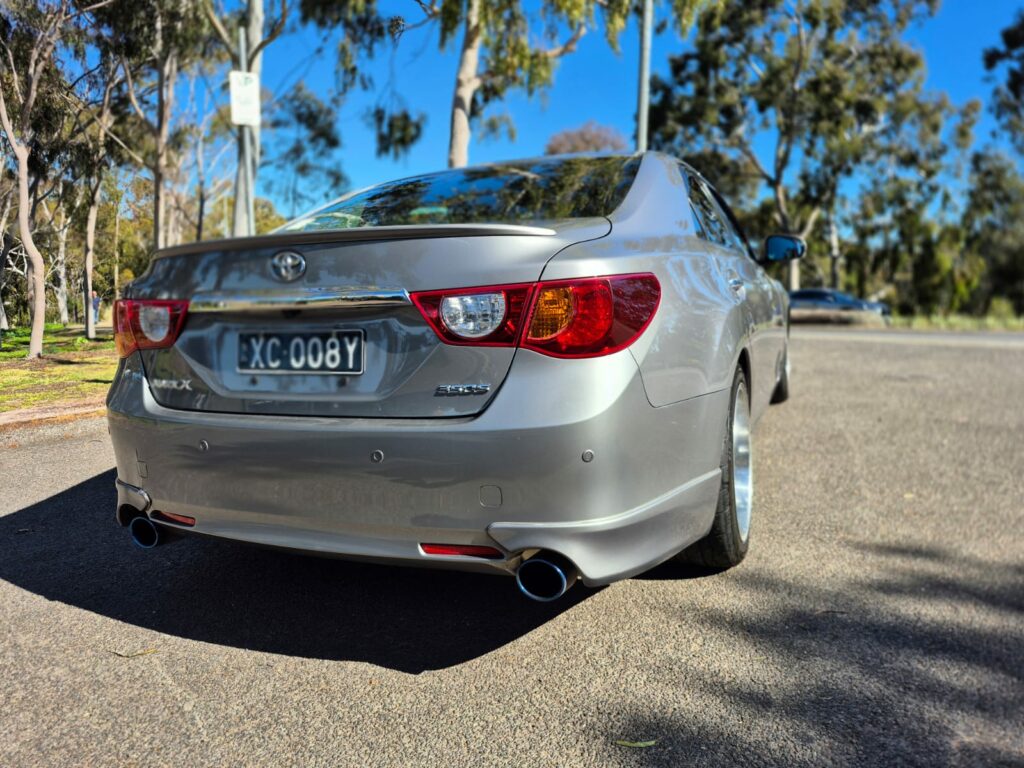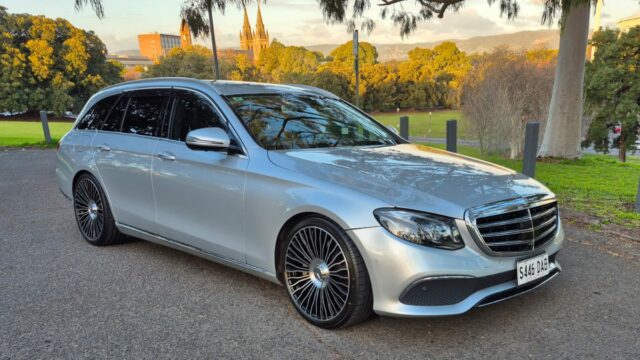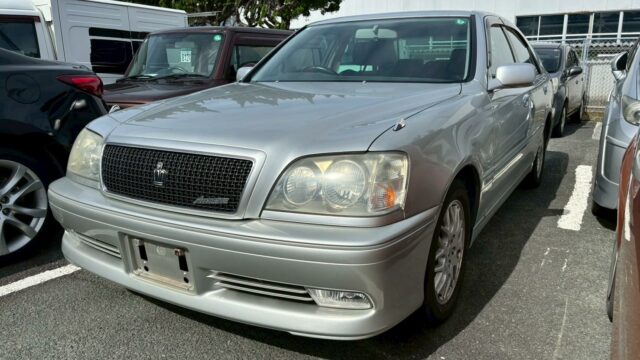Back in the beforetime, when I was living in Japan, I discovered something curious about my local supermarkets: the main one nearest my house (Kansai Super) would specialise in certain items, selling at very cheap prices while the rest of its range was much pricier. The other one, Super Tamade, was a little bit more of a walk, but it too had its bargain items. The thing was, they were never the same items as Kansai Super, and neither would directly compete against the other in the items where they were strongest. For the shopper, the cheapest way to shop was therefore to travel to both supermarkets, but most never bothered. Was this a formal arrangement between the supermarket chains, based on common sense and mutual respect? Look, possibly, but taking off my Japanese rose-tinted glasses, it was more likely just plain old collusion, but at a more subtle level where there is a very Japanese understanding to stay off the other’s turf.
Traditionally, there has been a strong rivalry between Nissan and Toyota in Japan, similar to Holden and Ford, Collingwood and Carlton in the AFL, or NSW and Queensland in that other unimportant football code. But for all that, they seemed to stick to their strengths.
So in the large sedan category, Toyota ruled the roost with the Crown, with Nissan’s most recent competitors, the Fuga/Cima twins, coming a fairly distant second. It’s no surprise that Nissan eventually just gave up on the large sedan market all together. In the US, the Infiniti badged version of the Fuga came with the tasty VK56 V8 motor from the Patrol, and from all reports, it transformed the Fuga into a very capable, sporty large RWD sedan. Had they decided to make the V8 available for Japan and other RHD markets, I would have taken one every day over the equivalent Crown Majesta. Sorry, Toyota fans. But in Japan, anyone shopping for a large sedan bought a Crown.
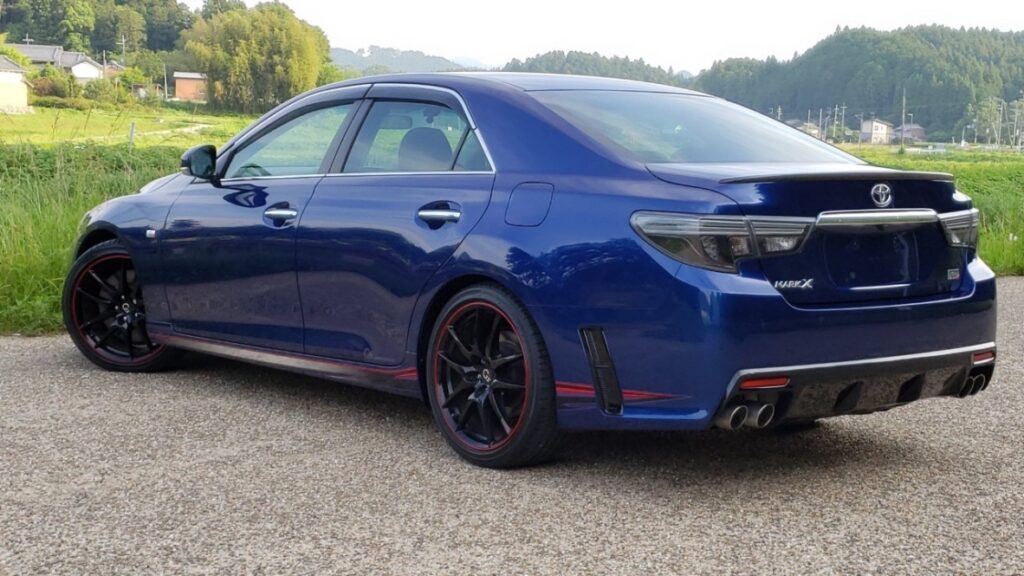
In the medium sedan market, the opposite scenario occurred: Nissan smashed Toyota with the Skyline sedan and coupe, and while Toyota put up a fight with the Mark II/Chaser/Cresta triplets for a while, the range was whittled back to a single model when they were replaced with the Mark X, and with no coupe version offered to counter the Skyline/Infiniti coupes, the Mark X kind of withered on the vine, sales-wise, and Toyota stayed out of Nissan’s way.
(side note: Toyota briefly courted the idea of building a new Mark X in conjunction with Mazda, who wanted to build a RWD version of the Mazda6. It would have used the platform and straight six engines from their new CX60/CX80 range. In the end, the sales numbers didn’t stack up for either company, so the idea was shelved. Yes, I’m annoyed about it not happening too, but the reality is I probably wouldn’t have bought a new one, and neither would you.)
And so we end up at the subject of this article: the Toyota Mark X. The unloved one, at least by Japanese buyers. In the 130 series, the Mark X came fitted with a number of smaller engines, but the only one worth mentioning is the 2GR-FSE. Yes, the very same motor shoved in the GRS204, the Blade, and a number of Lexii at the time.
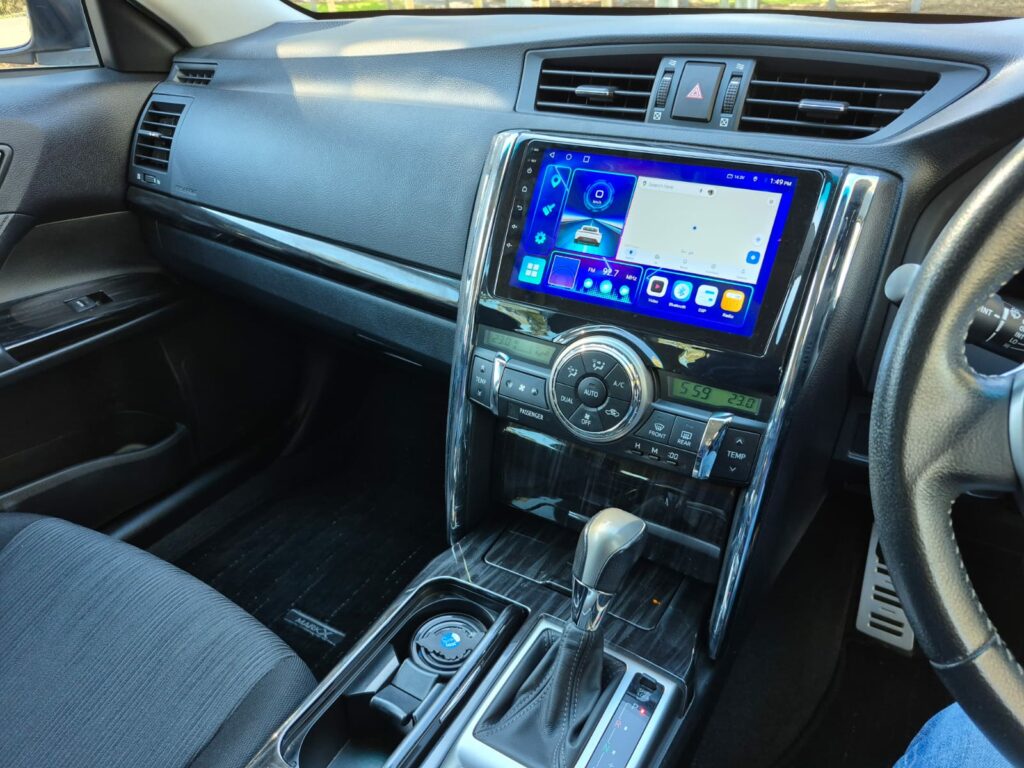
And when you put the same 234kW motor in a car that is 100kg lighter than the equivalent Crown, it feels quite noticeably quicker and more lively than its counterpart. The Blade is lighter again, but being FWD means it loses out a fair bit in the driveability stakes. Hilarious in a straight line, but the traction control works harder than a one-legged man in an arse kicking contest.
So if you have driven or owned a 200-series Crown and wanted to sacrifice some of the luxury features in the quest for better performance, the Mark X is where it’s at. All the controls and other bits and pieces will instantly feel familiar, but the best thing is that it can be hustled through tight corners without feeling like you’re jelly-wrestling a walrus.
The Mark X underwent a facelift in around 2012, which absolutely did wonders for its appearance, and the late model GRX133 G’s models are still dead set sexy, despite the basic design of the car remaining unchanged during its 10-year lifespan. Toyota opted to offer the top-spec G’s with a 6-speed manual towards the end, but only as a very limited edition. They were subsequently snapped up by collectors and to this day seem to fetch a hefty premium over the automatics. Is the manual worth the extra coin? Not really, no, unless your goal is to impress other carspotting nerds.
Of course, the reason for this article is that I’ve been kicking around in one for the last few weeks. This originally belonged to Dobby, who sold it to a mate of mine based in Japan, whose Adelaide-based parents use the car whenever he’s not back here. With me so far?
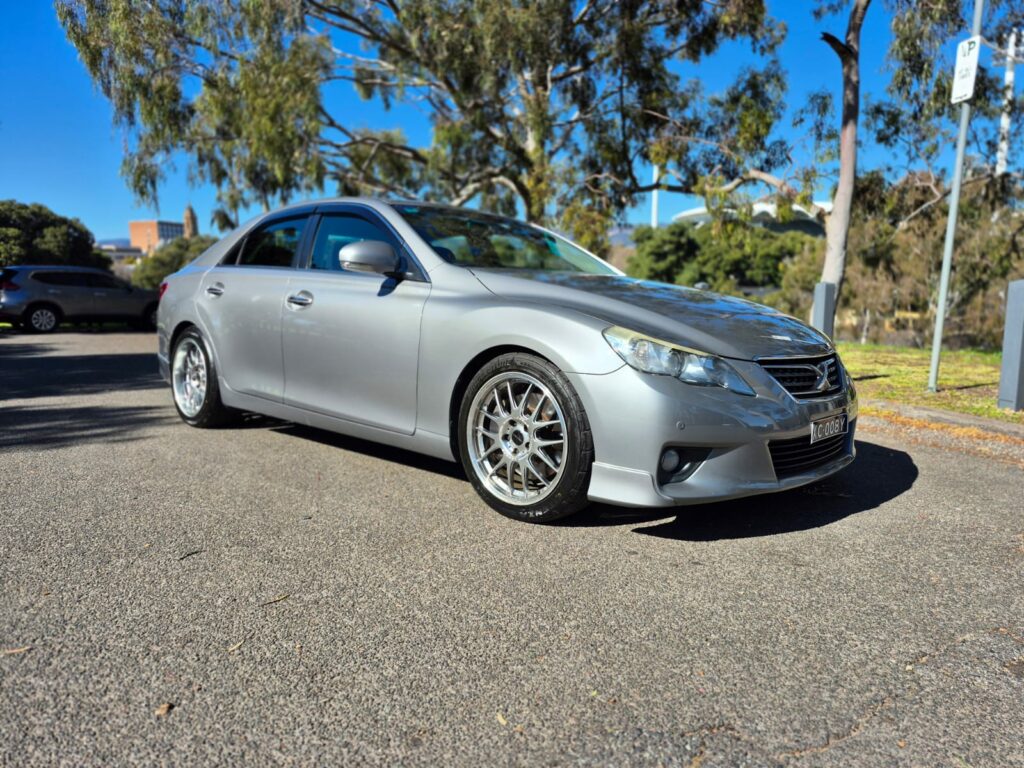
Having owned and driven a few Crowns in my time, I was quite surprised at how much lighter the Mark X feels on its feet.
GRS204 owners will know they don’t really get up and boogie until the midrange, but this feels more linear, although it does have an aftermarket exhaust, which probably amplifies (literally) the effect. Likewise, this car has coilovers which probably blesses it with a bit more ability around corners than the standard setup, but even a standard Mark X will flow nicely on tighter hills roads, without the car (or the driver!) breaking too much of a sweat, and without lurching around like Crowns tend to do.
Best of all, Mark Xes seem to be landing here more cheaply than Crowns, and Blades, for that matter. The facelifts will fetch more, as will the G’s models, but in my opinion, they are well worth the extra coin. Get in touch with us if you would like to see what’s floating around at auction.
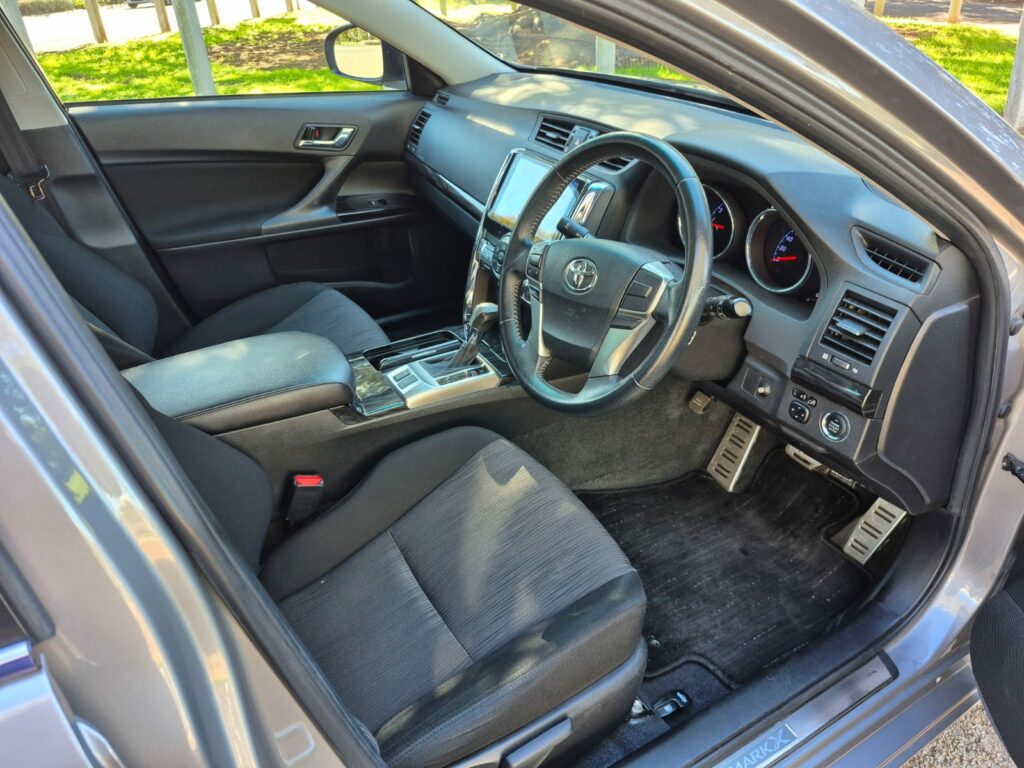
Driving Impressions:
- Most of the good points of a Crown, wrapped up in a tighter, sharper package
- Far more fun to drive around corners
- Throttle response more sports-focused
- Only noticed by people who really know their imports
Good points:
- Facelift model is gorgeously proportioned, and the G’s kit really nails the brief
- Fun around corners
- Great value for what you get
- Usual Toyota reliability
- Centre console is standard double-DIN setup, making stereo replacement easy
- No cracked dashes or sticky trim that affected other models in that era
- Cloth trim options are good quality, and hard wearing
Bad points:
- Most people won’t know what it is
- Hard to find factory cruise control
- Don’t come up at auction in reasonable numbers, so you need to be patient finding a good one
